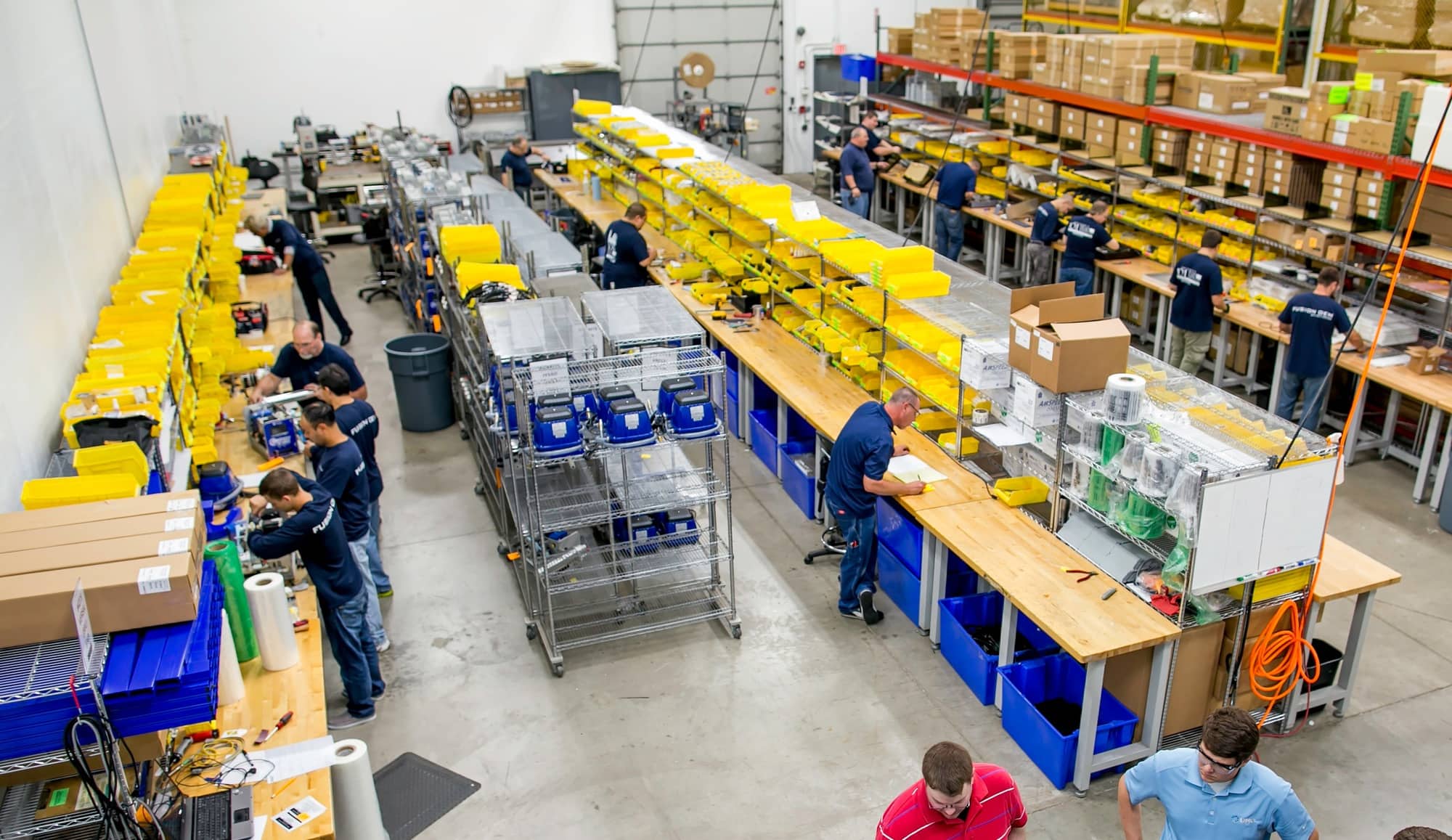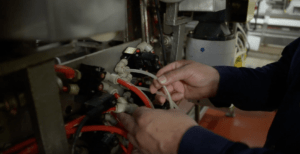How to Write a Professional Summary for your Resume
You want to apply right now for a nice job you just discovered. Stop! Take a breath. Have you rewritten your...
Starting the process of writing a resume can seem daunting, after all it’s sort of like taking a good look in the mirror. You might be thinking, “Am I good enough?” or “I never did anything great.” But we all bring skills and talents to the table and if you start to brainstorm about your experiences and past accomplishments, you might surprise yourself at how much you have to offer.
Employers don’t have time to weed through pages and pages of content. One to two page resumes are preferable for most fields.
Your resume should be neatly organized and very easy to scan.
Font size: 11 or 12 points.
Font style: Arial or Calibri. It’s best to stick with one font and not mix font sizes.
Headings: Bold. Don’t use headers or footers on your resume.
No personal information. Avoid use of the first person, e.g. Instead of writing, “I sold 100,000 car parts,” it’s better to say “Exceeded quarterly sales goals by 25%.”
Do not use one “cookie cutter” resume for every job. Always tailor your resume and cover letter to each position that you apply for. In a nutshell, this means emphasizing the skills and experience that will make you appear to be a strong fit for each particular job. Take a look at what the job description specifically asks for, and make sure that your skills and experience are a strong match. Emphasize achievements that match what the employer will want you to achieve in that new job.
Your resume needs to be more than a laundry list of job duties. Employers want to know what value you’ll bring to their company, so instead of merely listing job duties, try to show achievements and accomplishments. Think about positive results that you achieved, and how you can quantify these results. Examples of this might be “increased sales by 30%” or “reduced waste by 12%.
EXAMPLE: Helped solve low workshop attendance.
PROBLEM: Low attendance
ACTIONS: Presented solutions targeting customers
RESULTS: Increased attendance, increased workshops, made $100,000
FINAL RESUME BULLET: Presented solutions that turned around low customer interest by targeting specific markets increasing attendance and the number of given workshops by 2-3 times generating $100,000 in first year revenue.
While changing careers presents some challenges for how to go about crafting your resume, there are strategies for how to translate your previous skills to demonstrate you are a good fit. We suggest you begin by researching the industry to learn the industry-specific language, and the desired skills and experience. Then begin identifying your transferable skills and accomplishments.
You have likely gained a variety of transferable skills through your prior experiences and can adapt them to the position you are seeking. Your background in a different field may serve as an added benefit that can bring additional perspectives and insights to the staff.
Chances are you deserve more credit than you think! We always remind people that you can list not only salaried experiences but also volunteer work. Employers are looking for skills and experiences that demonstrate you can do the job well. Serving in a leadership position in your community, for example, can build a number of skills related to a variety of careers.
There is no shame in being laid off. Unfortunately layoffs are not uncommon and most employers know your job loss was likely due to circumstances that were beyond your control. The key is to keep a positive attitude and remain confident in your abilities.
While you are looking for a new position, we recommend you take on work you can list under your experience, such as consulting or a volunteer position. Freelance work and professional development can help to fill growing gaps and signal to employers that you are still active in your field and keeping your skills up-to-date.
You want to apply right now for a nice job you just discovered. Stop! Take a breath. Have you rewritten your...
When you’re feeling desperate for a job, it might be tempting to lie your resume. Lying about your skills...
If you try Googling the phrase “good resume,” you’ll get something like 67,400,000 results. That’s a mountain of resume...
[contact-form-7 id=”3594″ title=”Intake Form For Employers”]
[contact-form-7 id="6173" title="Tips for Success on the New Job"]
[contact-form-7 id="1281" title="Training Provider Application"]
[contact-form-7 id=”2612″ title=”WuFoo Intake Form”]
If you are already enrolled in our services, please reach out to your career counselor directly to sign-up.
If you need assistance, please call 630.955.2030.
[contact-form-7 id="203" title="Quick Start Application"]
[contact-form-7 id=”8468″ title=”Employers – Intro Form”]

Company Name: Fusion OEM
DuPage Location: Burr Ridge, IL
Total number of employees in DuPage: 44
Peek Inside: At this location, we offer our customers a wide range of manufacturing capabilities, from CNC machining all the way to complete product assembly and fulfillment.
Fun fact about our company: a robot works right alongside our machinists to produce parts with quality and efficiency!
You would like to work at our company if




Company Name: The Jel Sert Company
DuPage Location: West Chicago, IL
Total number of employees in DuPage: 900 during peak season
Peek Inside
The Jel Sert Company is a leading manufacturer of food and beverage products. For the past 20 years, our team has been dedicated to establishing an exemplary manufacturing infrastructure that supports the needs of some of the world’s largest Consumer Packaged Goods and pharmaceutical companies.
Jel Sert is committed to providing employees with development opportunities as we are invested in their long term success and advancement within the organization. An individual development plan assists employees in career and personal development and allows employees to reach short and long term career goals.
You would like to work at our company because

Notifications

